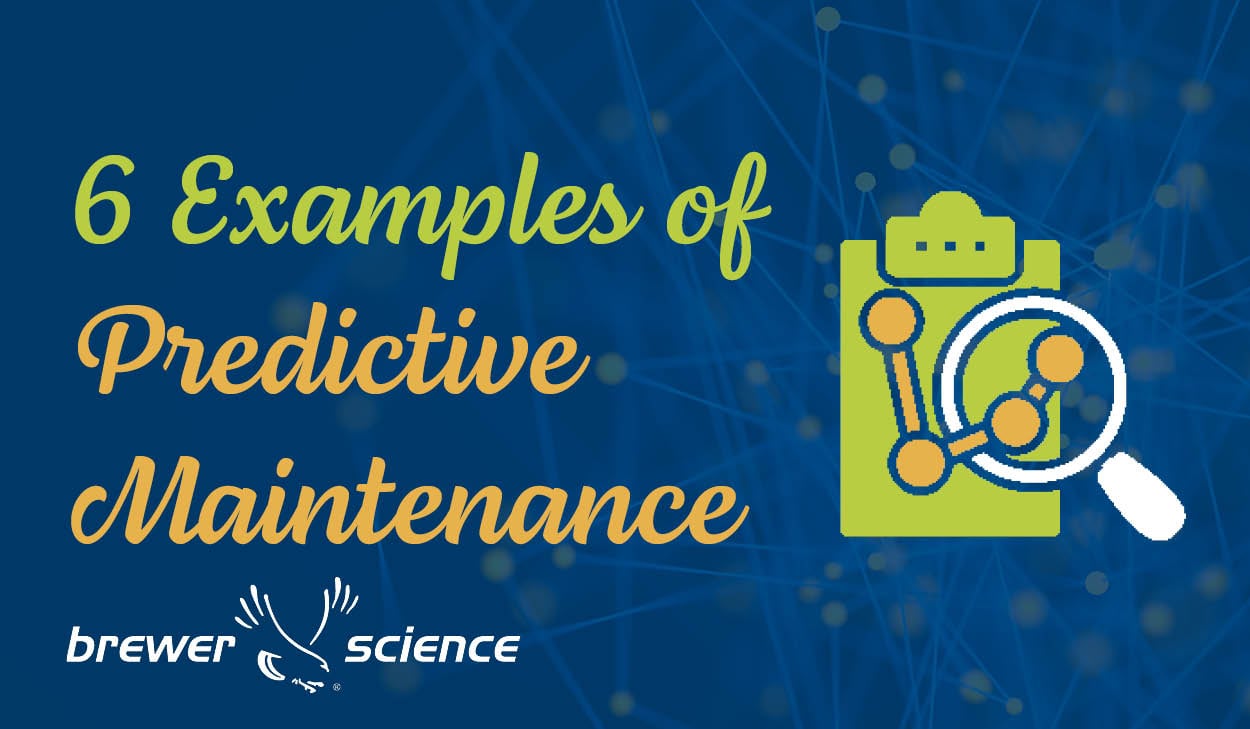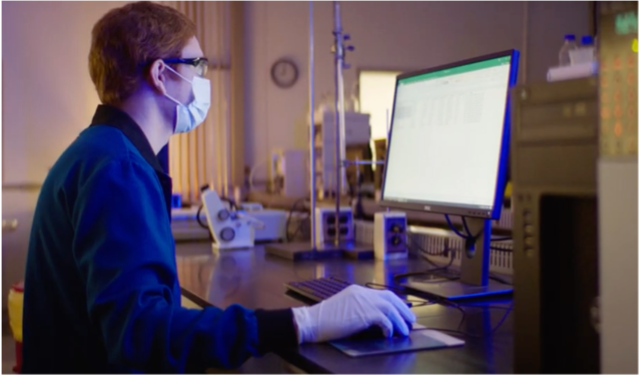Sensors have become so ubiquitous that we hardly notice them anymore. After all, everything we encounter that takes a charge or has an on/off switch has at least one sensor.
Still, sensors certainly have more tricks up their sleeves, and we’re finding them in some very intriguing places.
Bees
A global decline in bee population and its effects have been well documented over the past several years. Beekeepers around the world have experienced a bee colony decrease of an astounding 42 percent between May 2014 and May 2015, according to Phys.org.
Though there’s no one single cause, scientists have been strapping micro-sensors to thousands of bees to track any change in behavior, including “how often and how long they’re foraging, whether they’re feeding, whether they're collecting pollen, what they’re doing in the hives,” according to scientist Gary Fitt. This sort of information is crucial to protecting an animal so vital to our agriculture.
Aided by incredible advancements in sensor tech, these tiny little bee backpacks are so small, they weigh less than the pollen the bees transport.
Helmets
Football helmets, that is.
Most major sports are physically and emotionally taxing, but football has a reputation for being downright dangerous. Football and chronic traumatic encephalopathy (CTE), the degenerative brain disease closely tied with concussions, have received so much attention and scrutiny that it's begun to tarnish the reputation of the sport itself.
Researchers at Purdue have been using a series of sensors placed in a football helmet to learn more about this subject. Using these sensors, they discovered that it wasn’t the intensity, but rather the frequency of impact that caused the most damage, contrary to prior understanding.
This important information, brought to us by sensors, can greatly influence how manufacturers develop protective gear, how players play and how the rest of us (especially coaches and parents) think about the sport.
Cameras
Ok. This one might not seem as interesting, but it bears mentioning because image sensors could be the biggest potential sensor market for consumer electronics.
Recently, Sony purchased Toshiba’s image sensor business for a whopping $155 million. For Sony, that may be a drop in the bucket. But it hints that they are putting their sensor-development pedal to the floor and working to stay ahead of the ever-improving cameras — traditional and smartphone varieties alike.
This sizable investment also illustrates how integral sensors are in expanding functionality in mobile devices, one of the most competitive verticals in consumer tech. Samsung’s highly anticipated Galaxy Note 7 features several impressive new features, including an iris scanner made possible by a sophisticated system of image scanners.
Talk about eye-opening.
Conclusion
If you see an advance in technology that blows your mind, chances are sensors are to thank. Driverless cars? Space tourism? A giant, high-efficiency solar city? Advancement in sensor tech has put those things on the horizon and there's no end in sight.





Subscribe to Our Blog